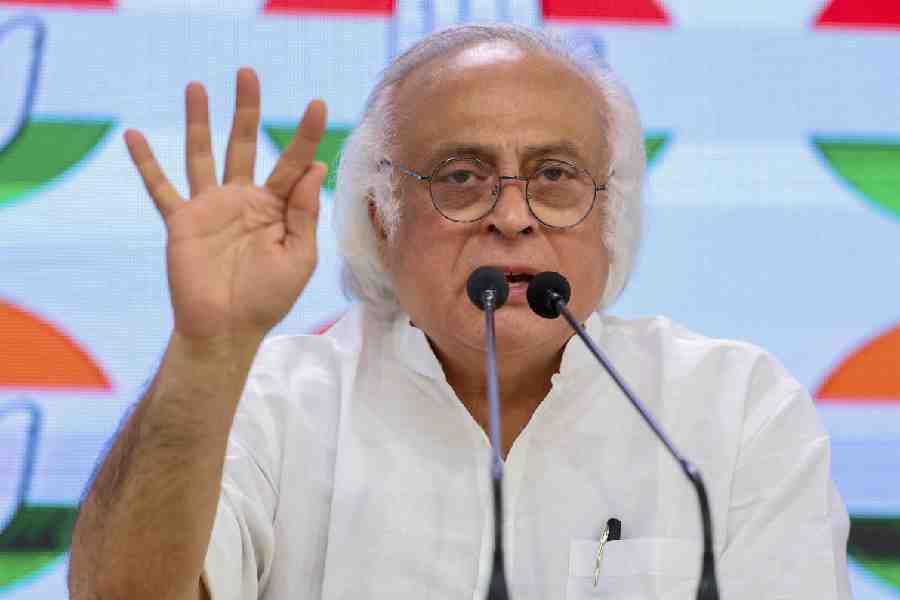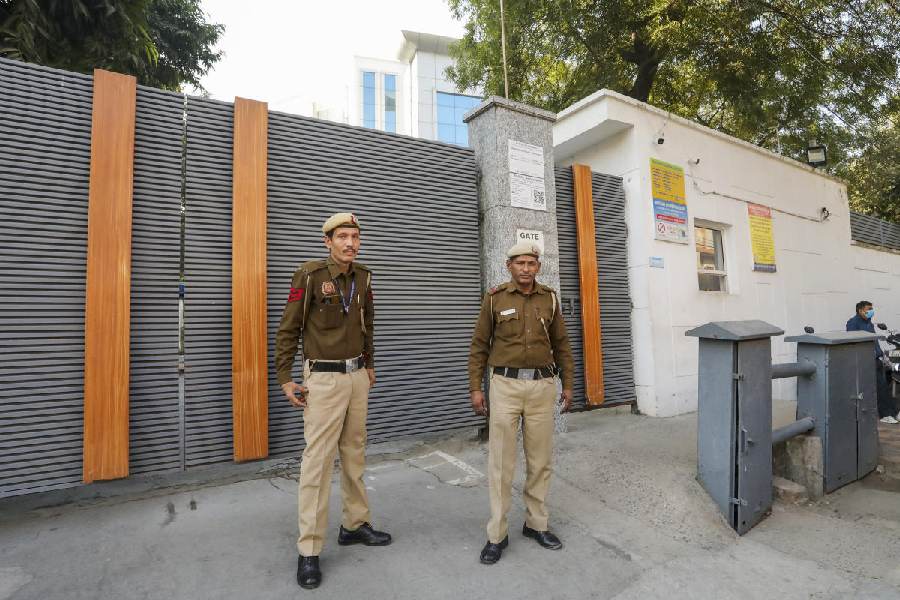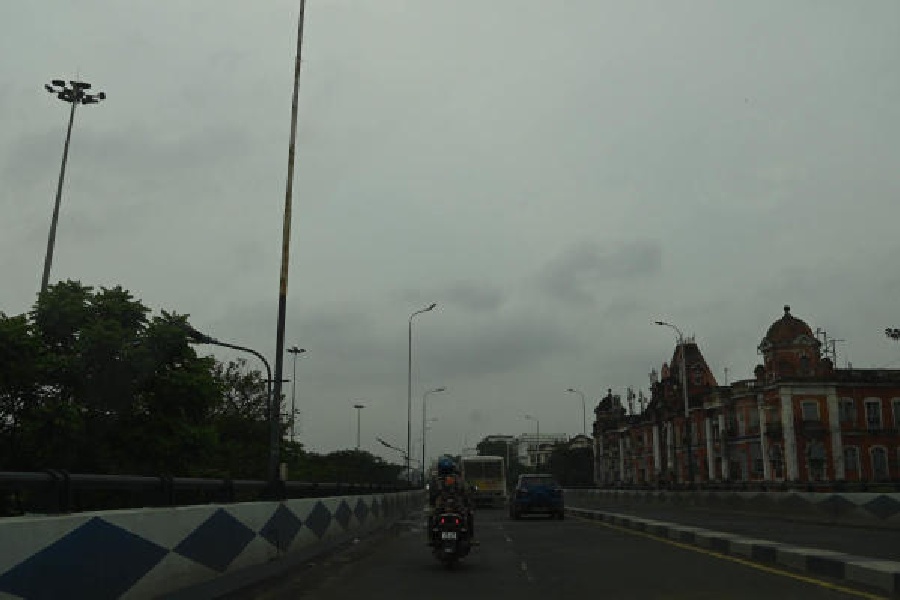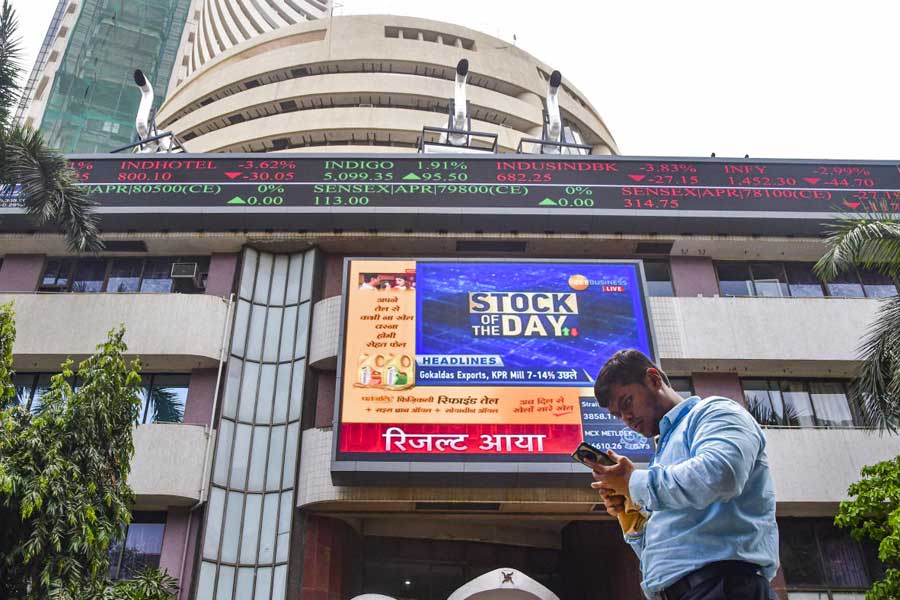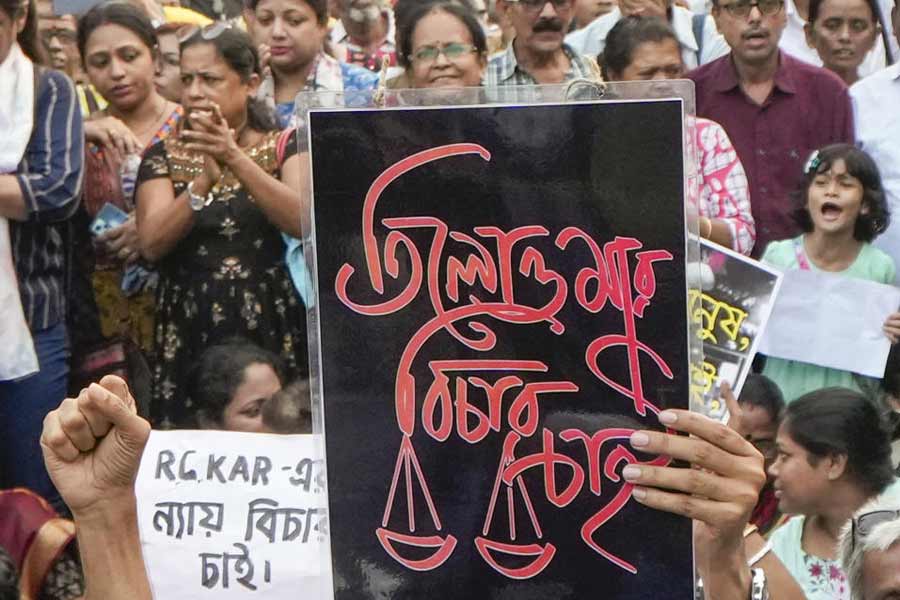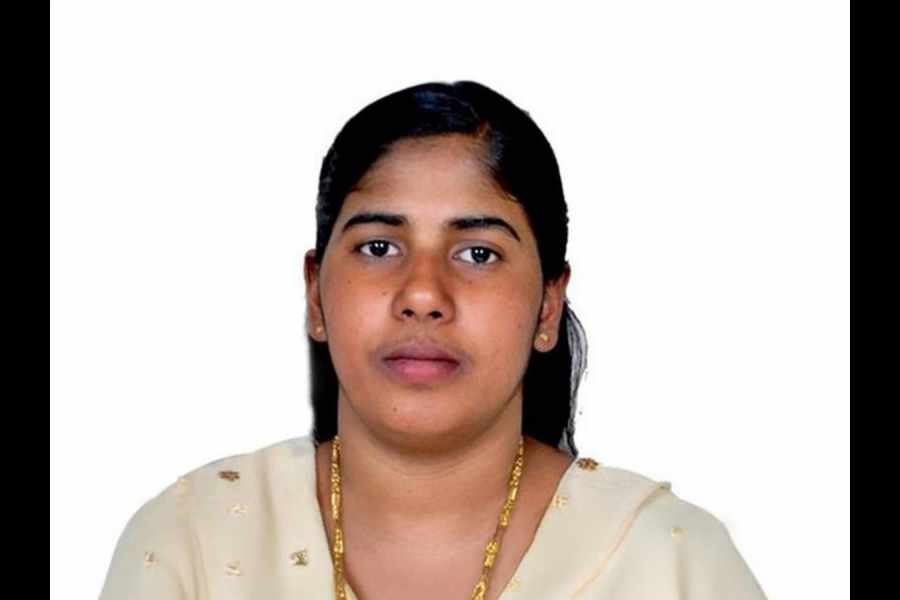 |
One of the most wittily self-reflexive photographs by the German photojournalist, Erich Salomon (born 1886, killed in Auschwitz 1944), shows the French foreign minister, Aristide Briand, and his cronies in 1931, catching sight of an evidently familiar photographer lurking among the tapestries in their Paris salon. As they all turn in genial surprise towards him, the minister points a finger at Salomon and exclaims, “Ah! There he is! The king of the indiscreet!” Briand and his slightly blurred colleagues form an image (bottom left) that 21st-century viewers might well see as a cross between a Renoir film-still and an early Gerhard Richter. A couple of pages later in ZEITSPRUNG/ LEAP IN TIME (IFA, price not mentioned), we see Briand again in a more dramatic pose, addressing the general assembly of the League of Nations in Geneva in 1928. A doctorate in law and son of a wealthy Jewish banker, Salomon, with his patrician background and sensibility, enjoyed access to both the private salons and public assemblies of the European political and cultural elite in the last years of the Weimar Republic, before everything became rather more uniformly grey, and then black, for him and his kind. His publication of 1931 — before he emigrated to Holland, went underground, was deported to Theresienstadt and murdered by the Nazis — was called Famous Contemporaries at Unguarded Moments. Among these contemporaries, not necessarily in the 1931 book but in this one, are Marlene Dietrich talking to her daughter from Hollywood, the conductor Furtwängler in his study, and Cecil Beaton at work in the Vogue studios in Paris (bottom right).
This book — accompanying an exhibition brought to India by the Goethe-Institut — makes its eponymous “leap in time” by showing Salomon’s work alongside the work of another German (and stubbornly analog) photojournalist of immense distinction, Barbara Klemm. Born, significantly, in 1939, and rising out of the ashes of Salomon’s generation, Klemm, both of whose parents were reputed painters, started working freelance for the Frankfurter Allgemeine Zeitung, producing printing plates and assisting in the photolab. She went on to work for FAZ as a staff photographer for more than three decades from 1970, chronicling her country and the world, and becoming integral to the journalistic, historiographic and aesthetic achievements of her newspaper.
In the grand retrospective of her work at the Martin-Gropius-Bau in Berlin, which ended last month, she showed many of her photographs both separately framed and in their original context of publication in the paper. Working with black-and-white film and without flash (like Salomon), she had created a unique way of enhancing the homogeneity of text and image on a classically designed page — perhaps a German tradition that spilled out of photography into novel-writing and book-making.
Klemm never believed that photojournalism consciously had to aspire to art or history, yet brings to her work a formal rigour, restraint and subtlety, augmented no doubt by the aesthetic education provided by her parents, and by her naturally agile, unobtrusive and trust- inspiring personality. This gives to her photography an enlightening and enduring quality, free of sensationalism and quietly founded on political and intellectual integrity — qualities that photojournalism as well as art photography find themselves aspiring to with increasing effort in the age of digital democracy. “My professionalism was always underestimated,” she says in an interview, “For me it was really wonderful, because it made it so much easier for me to work… I was able to run around like any old amateur or traveller, taking a look at this or that and then at some point pressing the shutter. Being able to behave unprofessionally is a great door-opener.”
Left is her alluring portrait of the Austrian poet, Ingeborg Bachmann, 1971, and top, “Leonid Brezhnev, Erich Honecker, Thirtieth Anniversary of East Germany, Berlin 1979”.


